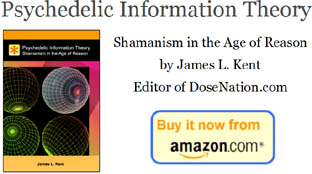How Stanislav Grof Helped Launch the Dawn of a New Psychedelic Research Era
Next week, the brightest lights of the psychedelic cognoscenti will gather in San Jose, California. Leaving swirls of tracer visions in their wakes, they will converge from around the world at an incongruously bland Holiday Inn, 50 miles south of the Haight-Ashbury neighborhood that once served as the pulsing capital of Psychedelistan. There, several hundred turned-on and tuned-in doctors, psychologists, artists and laypeople will participate in the annual conference of the Multidisciplinary Association for Psychedelic Studies (MAPS). For four days, they will explore -- through workshops and lectures, nothing more -- the widening gamut of clinical inquiry into the uses of the psychedelic experience, a global resurgence of which has led to hopeful talk of a "psychedelic revival."...
One of the most significant figures attending the conference in San Jose is a man largely unknown to the general public. Years before Leary made headlines for his Ivy League adventures, and years before Ken Kesey held the first acid parties in the forests of the Pacific Northwest, a young doctor named Stanislav Grof was conducting rigorous clinical experiments involving LSD in the most unlikely of places: a government lab in the capital of communist Czechoslovakia. It was there, at Prague's Psychiatric Research Institute in the 1950s, that Grof began more than half-a-century of pioneering research into non-ordinary states of consciousness. While he is frequently marginalized in, if not completely left out of, popular psychedelic histories, it is not for any lack of contribution to the field. "If I am the father of LSD," Albert Hoffman once said, "Stan Grof is the godfather."
[Thanks Soma Junkie!]
|

Recently @ DoseNation
|
|




















